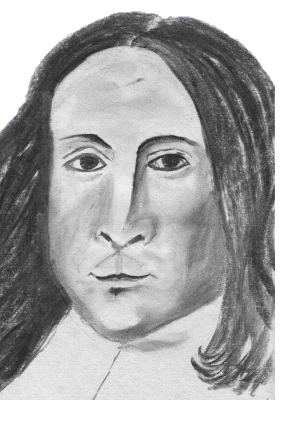
| |

Pierre de Fermat
Pierre de Fermat lived in the early 17th century. Like Descartes who lived at the same time and was also French, Fermat studied law. Mathematically they even made some of the same discoveries. For example, Fermat started using the coordinate system a few years earlier than Descartes. But Descartes was the one who spread its use, so it got his name.
Fermat was very talented in linguistics and
mathematics. He was especially interested
in number theory; how different numbers
are built up and how we can take them
apart. He made a number of discoveries on
this subject. Below are a couple of
examples:
np-1=1 mod p if p is a prime number
With modular arithmetic we can easily see that his statement is correct:
let's take p=5
if n=1, then 14 =1 mod 5
if n=2, then 24 = 16 = 1 mod 5
if n=3, then 34 = 81 = 1 mod 5
etc.
Any prime number that can be expressed as p=4n+1 (that's the same as 1 mod 4), can also be expressed as the sum of two squares.
Let's see if that really works.
3 ≠1 mod 4
5=4×1+1=2²+1²
7,9, and 11 ≠ 1 mod 4
13 = 4&imes;3+1 = 2²+3²
17 = 4×4+1 = 4²+1²
etc.
Even though Fermat made many discoveries, he published practically none of them. He was much more interested in discussing them with other mathematicians. Like that he had much influence in the mathematics of his time too.
